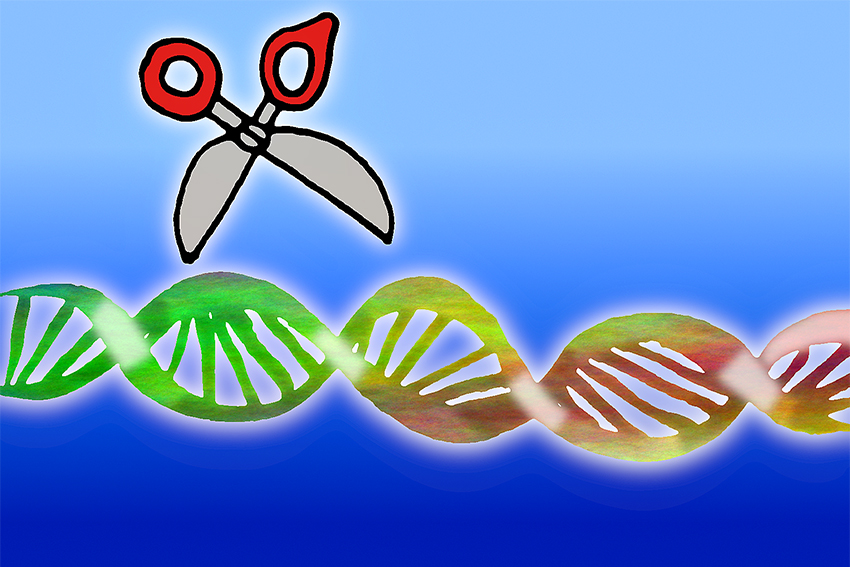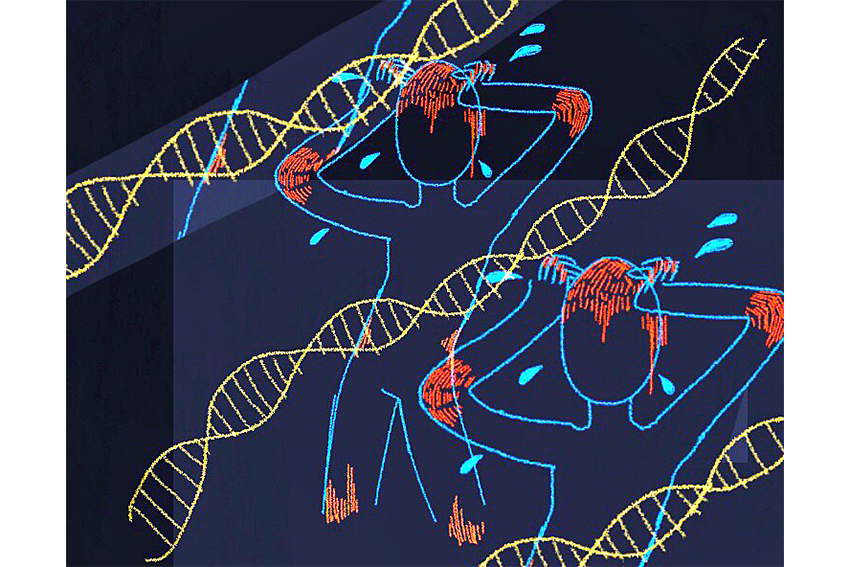Clustered regularly interspaced short palindromic repeats, CRISPR, is a family of DNA sequences naturally found within unicellular organisms such as bacteria. The sequences provide considerable advantage for bacteria in virus-filled environments.
While research application of CRISPR technology mostly includes scientist’s hand-directed editing of genomes, UT researchers are studying how the natural mechanism of CRISPR works. Two groups of UT molecular scientists have recently published papers in journals Molecular Cell and Cell, respectively, that delve deeper into how CRISPR works in the natural world for defense against certain bacterial infections.
Kaylee Dillard, graduate student and one of the lead researchers for the journal published in Cell, said that CRISPR is not just used by humans for gene-editing.
“Yes, CRISPR is most known for its use as a gene editing tool, but CRISPR was first discovered in bacteria,” Dillard said. “It is a bacterial adaptive immunity, which means that it protects bacteria from viruses, similar to our own immune systems.”
Bacteria use this mechanism upon encountering a pathogenic virus. Bacteria use CRISPR to insert the viral DNA into their own genome, creating a molecular memory of that infection which aids in identification of that same virus. The paper, led by assistant professor Ilya Finkelstein, focused specifically on close associated proteins working together to chop up foreign viral DNA before integration.
The study explained how the chopping mechanism is led by proteins called Cascade and Cas1 and how the integration of this DNA into the genome is assisted by Cas2 and Cas3 proteins.
“We are studying how these CRISPR proteins, such as Cascade, find and then cut up the viral DNA when it tries to reinfect the bacterium,” Dillard said. “It’s actually a really large, complex system.”
The paper published by Molecular Cell and done in the lab of molecular biosciences professor Alan Lambowitz investigated CRISPR from a new direction, research associate Georg Mohr said.
“CRISPR systems that have been studied in detail previously protect generally only against viruses that have DNA as genetic material,” Mohr said.
Mohr said some viruses that use RNA instead of DNA as their genetic material, such as Human Immunodeficiency Virus, would be unaffected by CRISPRs according to the current model. This would enable viruses to wreak havoc on bacterial populations. Yet the team identified CRISPR systems that contain an additional protein domain called reverse transcriptase, enabling them to use the CRISPR mechanism for these viruses that are less common but just as deadly.
“Reverse transcriptase transcodes RNA molecules into DNA,” Mohr said. “Thus, our hypothesis is that the presence of reverse transcriptase might give these bacteria an evolutionary advantage by providing resistance to a further class of viruses.”
Simply put, this CRISPR system allows bacteria to better manage threats by the environment — much of which are different types of viruses. Dillard added that learning about natural behavior by bacteria serves a purpose in application: Some scientists are trying to use CRISPR to specifically target pathogenic or antibiotic-resistant bacteria in addition to all of its gene-editing applications.
“This would be good for humans because it means you could specifically target the bad bacteria in your body without harming the good bacteria,” Dillard said.





















